Finding life’s purpose through Dance & Mental Health Advocacy- an interview with Lalitha Venkatasubramanian
By Vidhya Nair
“The mantra that I try to live by is “try your best and do what you can”. Celebrating my own small successes is key to keeping myself motivated. Dance provides me with an oasis of calm, a refuge which I can turn to when the going gets tough. My own mental health journey was the impetus for my work “Finding Dignity – An exploration of mental illness through Bharatanatyam”. Apart from being a cathartic process for me, it allowed me to push the boundaries of Bharatanatyam – engaging the audience on an emotional level through art while putting across key messages on mental health issues.” Over the decades, Lalitha has been a student of dance which has helped shape her life and added meaning and purpose. She shares her reflections on her dance journey in this interview.
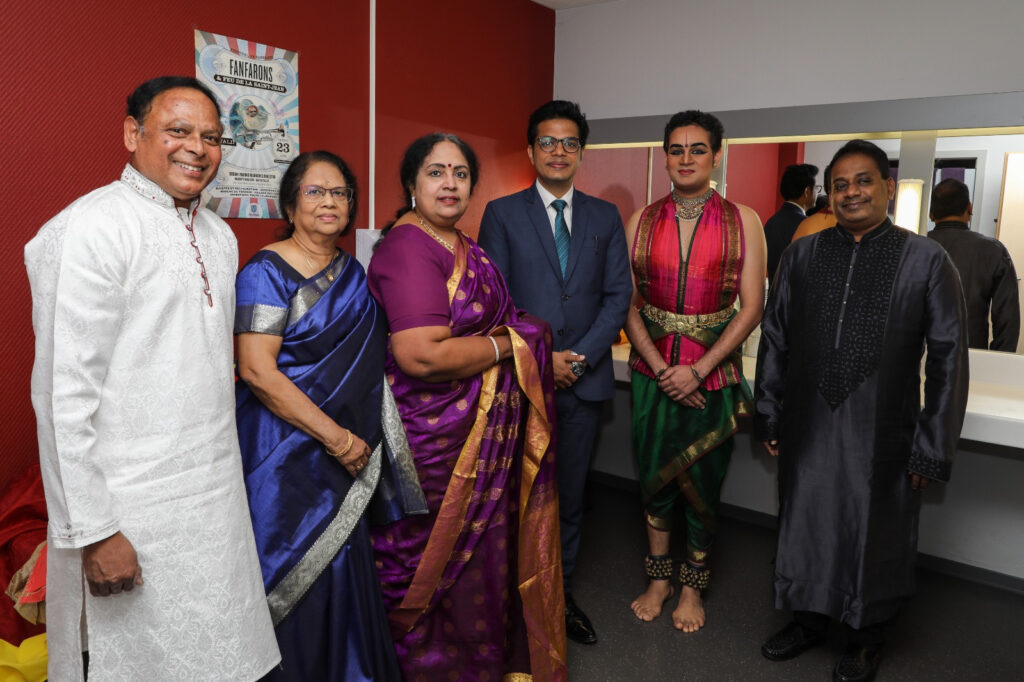
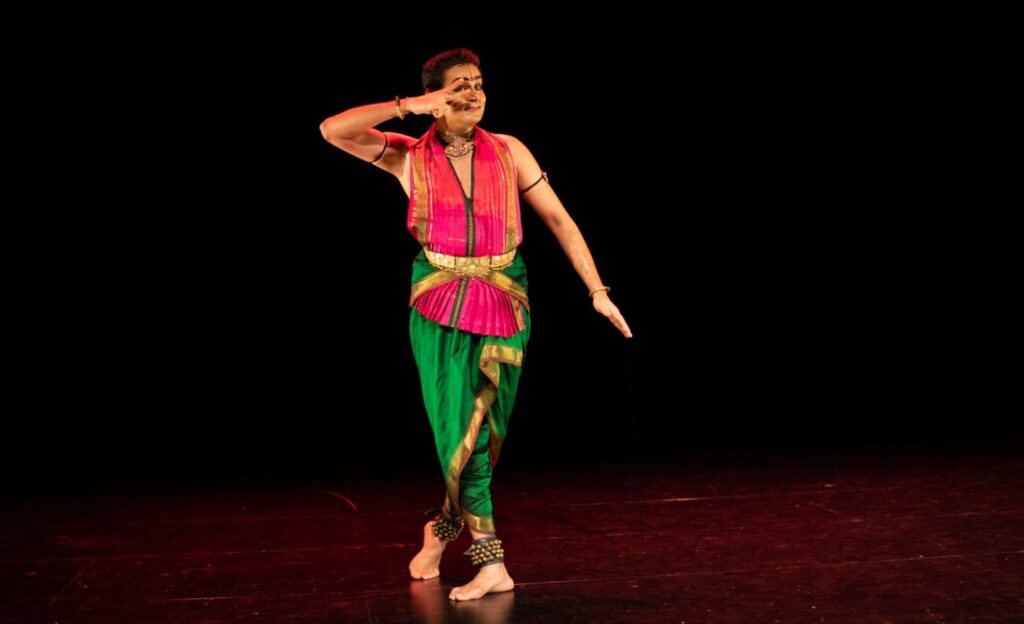
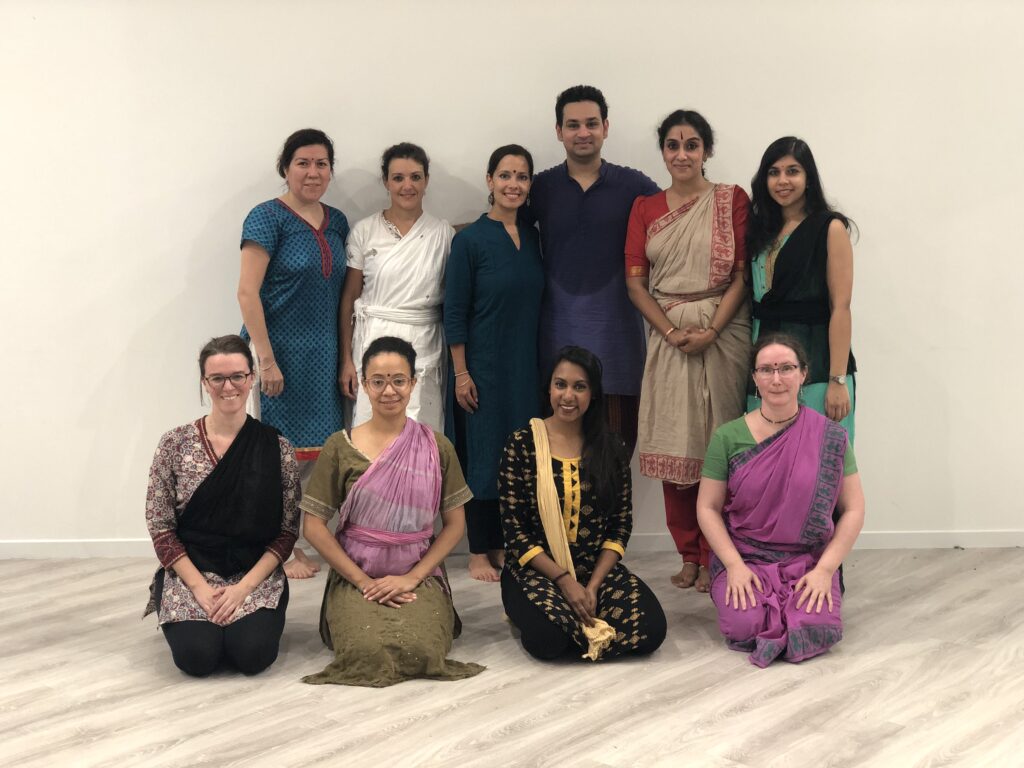
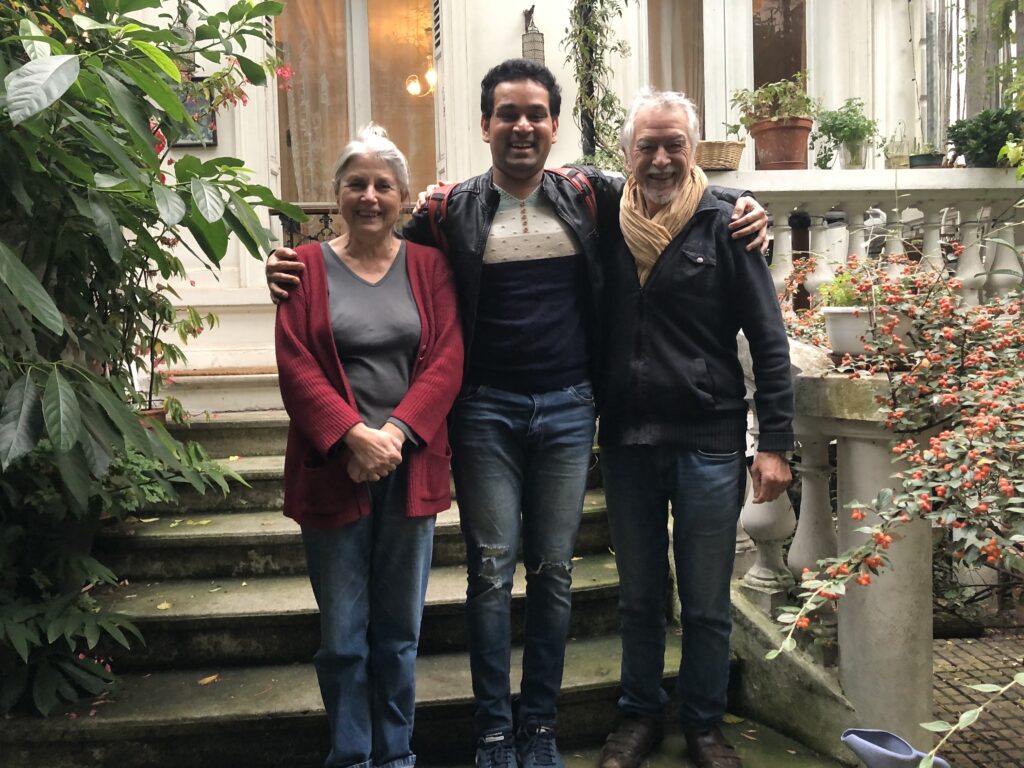
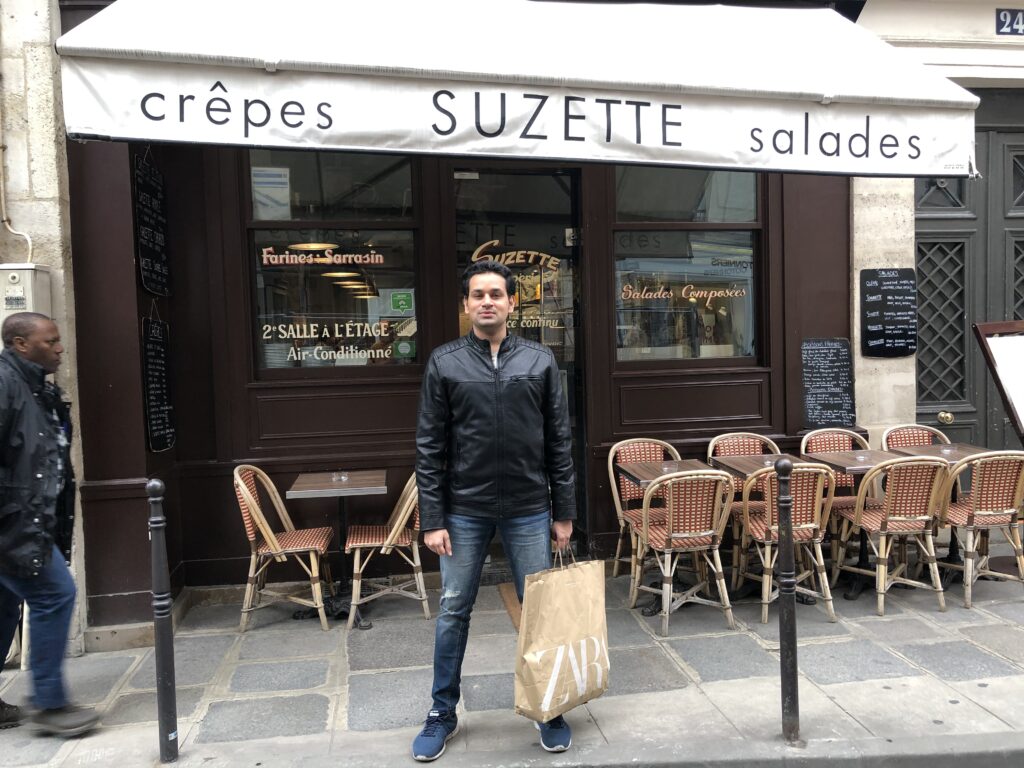
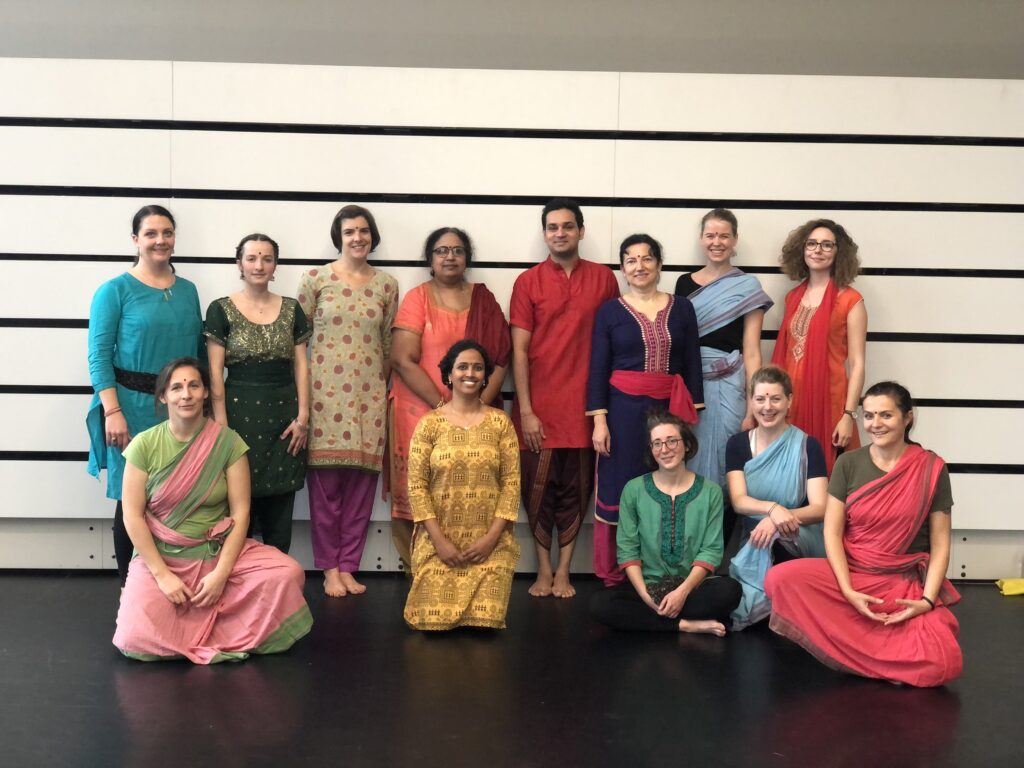
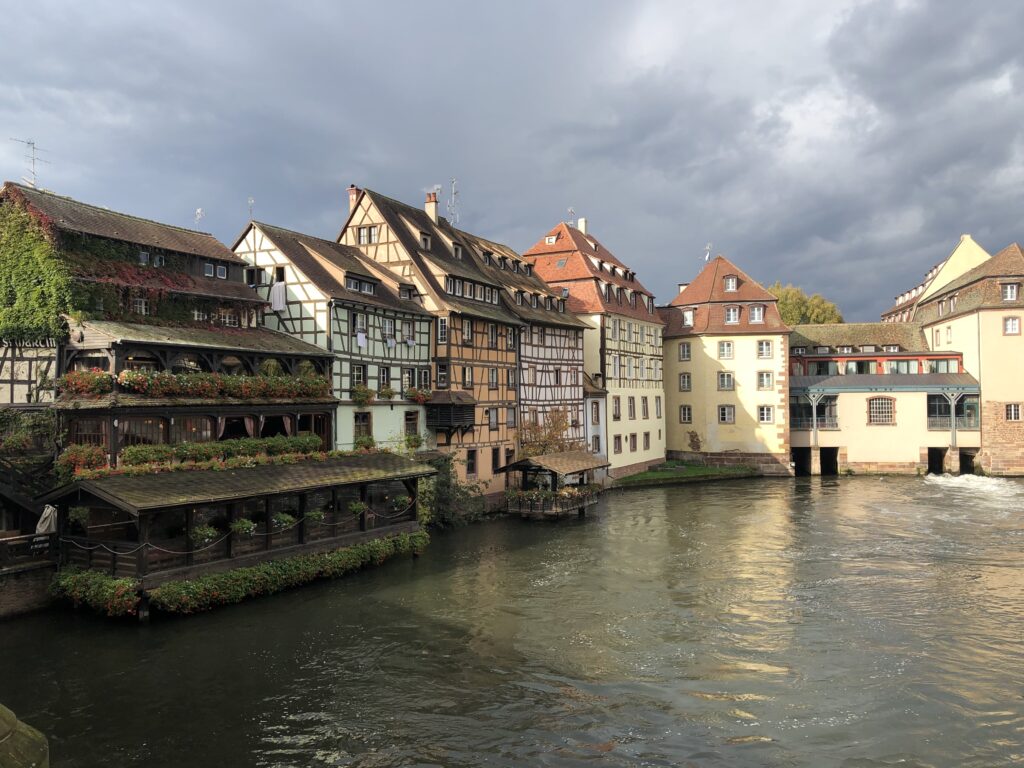

VN: Tell us about your growing up years in Singapore and your early memories of family life. LV: I was born and brought up in Singapore as my parents had come to Singapore from India in the 1950’s. I am the youngest of 4 children, our childhood was centred around our studies but it was a carefree time. I recall many afternoons and evenings after school spent playing with neighbours on the streets of Sturrock and Piggott Road (off Balestier Road) where we lived. Two weekday afternoons were spent going for dance classes and on Sundays, it was a long sojourn involving 3 bus changes, to Branksome Road at Katong where I studied Carnatic vocal classes at the Singapore Indian Fine Arts Society (SIFAS). When SIFAS moved to Norris Road and then to the corner of Balestier Road/ Serangoon Road, I continued there. And briefly also learnt the Veena. Living around the Balestier area, visits to the Perumal Temple and the Vadapathra Kaliamman temple were very much a part of our daily routine. VN: What was your earliest memories of dance classes at Apsaras? LV: At Balestier, we were just around the corner from Kamala Club where Mami was conducting her classes. This is where I started my classes with Mami. Memories that stay with me are the mid-afternoon walks from home to Kamala Club in the intense heat. The whirring of the fans and the cool tiled floor were a welcome reprieve from the heat. For a skinny and tongue tied 12 year old, Mami appeared to be a larger than life figure, a formidable and fearsome presence. Yet, as I started the classes, it became clear that her teaching style was anything but fear inducing – firm yes, but gentle and patient at the same time. VN: What was your relationship like with Mami? LV: During my individual classes with Mami in the late 90’s and 2000’s, Mami provided a comforting presence – her classes were a home away from home. Entering her classroom during the afternoons with no one else around, transported me to a spiritual sanctuary. VN: How did you balance running a home, having children, raising them and having a career? LV: As most working mothers would attest to – it was not easy and I will definitely say that I was no super woman. There were several times over the years during which I took a few years’ hiatus from dance – when in university [ Lalitha graduated with a Bachelor of Accountancy from NUS and practiced as an accountant and tax consultant. She also earned a Masters in English Language (Teaching) and made a mid-career switch to teaching for some years. She has since reverted back to tax consultancy since 2015 on a freelance basis and has upgraded herself with relevant qualifications as recently as 2018] and when I had each of my 3 children. My husband Ramani, has been a pillar of support all these years – supporting me through the journey. He has always encouraged me to continue my passion and even after our busy work days, he would look after the children whenever I went for night classes with Mami, bringing them to fetch me from the late classes so that I could see them before they went to sleep. I have also benefited from having the support of good helpers along the way, a blessing which I humbly acknowledge that I am privileged to have. VN: With Mami now no more, how to you keep your connection to her teachings? LV: Dance has become a spiritual path for me – my yoga, my prayer, my connection with the divine. This I attribute to Mami – she used to emphasise the need for divinity in dance, to elevate oneself as well as the audience to a higher spiritual plane. An ethos, borne of the Kalakshetra tradition, lived and breathed by Mami – an ethos which she has passed on. VN: What has helped you retain your spark and interest in Bharatanatyam all these years? LV: Bharatanatyam transports me to a different world, beyond the mundane and over the years it has taken on a different significance in my life, becoming my personal spiritual journey. The breadth of the poetry and literature that it draws from, the depth of the abhinaya exploration that it allows for, the visual poetry that it creates, the divinity that is inherent in the form – these are aspects that, rather than just retain, have increased my interest in Bharatanatyam. I have also been encouraged by following the journeys of my fellow Singaporean dance mates, although our paths have been different, we are connected by our love of dance. In particular, I have been inspired by the wonderful work being done by Uma Chetty in Apsaras Arts, Virginia whose passion, enthusiasm and drive to propagate the art is truly amazing. I still have fond memories of the programme in 1993 done at the (then) PUB auditorium with both of us bonding over our shared accounting and dance experiences! VN: How to you keep up your own dance training? What does it take – as a dancer gets older: physically, mentally, emotionally? LV: For Bharatanatyam as well as in our career paths, the age at which women peak (though not always) coincides with the child bearing/rearing years – around the 30’s and early 40’s – a truth that many female dancers have had to contend with while accepting the trade-offs that go with it. This is a journey that I have gone through. However, we are fortunate that Bharatanatyam is an art form that allows for artistes to continue engaging with even as they grow older – albeit in different ways. Now in my 50’s, my focus is Abhinaya. However, even Abhinaya pieces require control of the body and mind and stamina – thus, I continue to work on nritta pieces, working within the capabilities of my body. Together with my thrice a week practice sessions, I try to tap on visualisation techniques – “practising in the mind” especially during my daily walks. Even then, it can be daunting for an older dancer – the pick-up is slower, retention is an issue and the body very frequently refuses to do what the mind wants it to do! But the mantra that I try to live by (but not always successfully) is “Try your best and do what you can”. Celebrating my own small successes is key to keeping myself motivated. VN: You have seen how dance and the cultural scene has evolved over the decades in Singapore. What are your thoughts on the current scene here? LV: Being in the heart of the Navaratri season now, it is heartening to see that Covid has in no way dampened the spirit of this festival. The digital Navaratri that we have this year has if anything, allowed for an explosion of performance opportunities. Navaratri has always been eagerly looked forward to by dance schools and performers as it provides an accessible and affordable platform for performers to hone their art. This has always been the case in the years when I was growing up and it continues to be so. It is wonderful to see how vibrant the dance and music scene here has become and how the dance ecosystem has allowed for an abundance of talent to develop. In the 80’s and 90’s rarely were we treated to performances of a high calibre. We are blessed in Singapore to have so many beautiful temples which provide platform to nurture the vibrant dance scene, engender healthy competition and overall contribute to raising standards. The current generation in Singapore is blessed to have so much exposure to good art, direct interactions with the stalwarts of the Indian classical dance scene (e.g. through Dance India Asia Pacific) and tremendous opportunities for growth. VN: In your opinion, what do you think is the future of Bharatanatyam and Indian classical dance? LV: Bharatanatyam is here to stay – a gem of the Indian classical tradition, it is not going away any time soon. If anything, my view is that the interest in the art form will grow. The explosion of performances and content on social media keeps it in our consciousness on a daily basis – while this could have a jading effect, the flipside is that as more are exposed, this could bring about democratisation of the art form, long seen as the prerogative of the elite. VN: In recent years you have been involved in the setup of Club2Care. Tell us about your work here and how this has impacted your dance practice. LV: Mental health is close to my heart, having myself gone through a journey of depression for over 15 years. This was the impetus for the set-up of Club2Care in November 2017, which I set up together with a few like- minded individuals. The mental health needs of Indian women especially was foremost on my mind when we set up this venture but it soon became clear that a holistic approach, focusing on the Indian community as a whole was very much needed too. Stigma in the Indian community, together with “othering” in the mental health sphere, the belief that mental health issues only affect people radically different from them, is pervasive. The truth is mental health issues cut across socio economic status, gender, race etc and it can happen to anyone. Club2Care’s goals are to educate the Indian community in Singapore on mental illness/ mental health, get people to seek help early to prevent mental health issues from becoming chronic and to provide free counselling support for those for who cost maybe a factor. Training, outreach and counselling are our current pillars all of which are provided free of charge by a team of dedicated volunteers including psychologists, doctors, counsellors and many others who feel strongly about the cause. Our strength is in having counsellors and volunteers who speak varied Indian languages, Tamil, Hindi, Telugu amongst others and providing the culturally sensitive and understanding environment that Indian clients may not be able to get elsewhere. Club2Care continues to review its way forward – seeking to be nimble and responsive to the mental health needs of the Indian community in Singapore. With regards to the interaction between dance and mental health, the rigour and discipline required of dance together with the spiritual upliftment it offers, has definitely been a therapeutic force in my own life. Dance provides me with an oasis of calm, a refuge which I can turn to when the going gets tough. My own mental health journey was the impetus for “Finding Dignity – An exploration of mental illness through Bharatanatyam” which I presented in 2016. Apart from being a cathartic process for me, it allowed me to push the boundaries of Bharatanatyam – engaging the audience on an emotional level through art while putting across key messages on mental health issues. VN: What is your wish for this art form? Do you see any significant trends? What excites you and what worries you? LV: I would like to see the preservation of the classicism in Bharatanatyam and for those embarking on this to understand that it is a long-haul journey requiring immense dedication, humility and patience and for the ethos of divinity in dance to prevail. It is exciting to see so many talented up and coming artistes and so many new ideas and choreographies and my wish is to see the dance scene in Singapore continue to flourish; at the same time I hope that we not lose sight of the traditional repertoire, items which frequently have less complex adavu patterns but are so elegant in their simplicity. I hope these pieces continue to be actively performed while being rigorously taught to form the bedrock of the dancers training.









